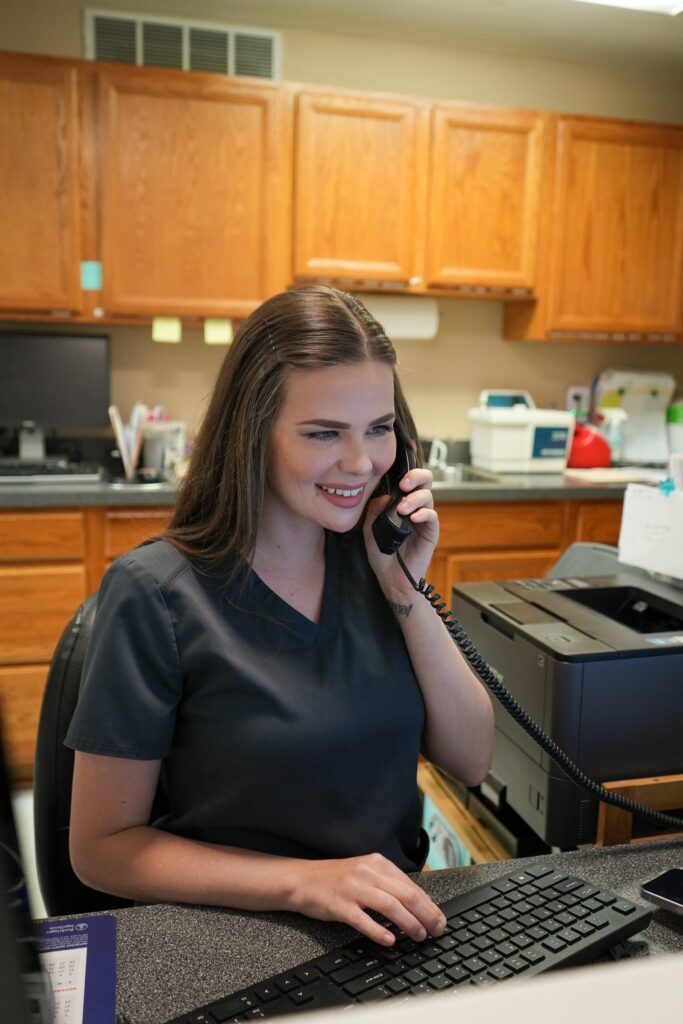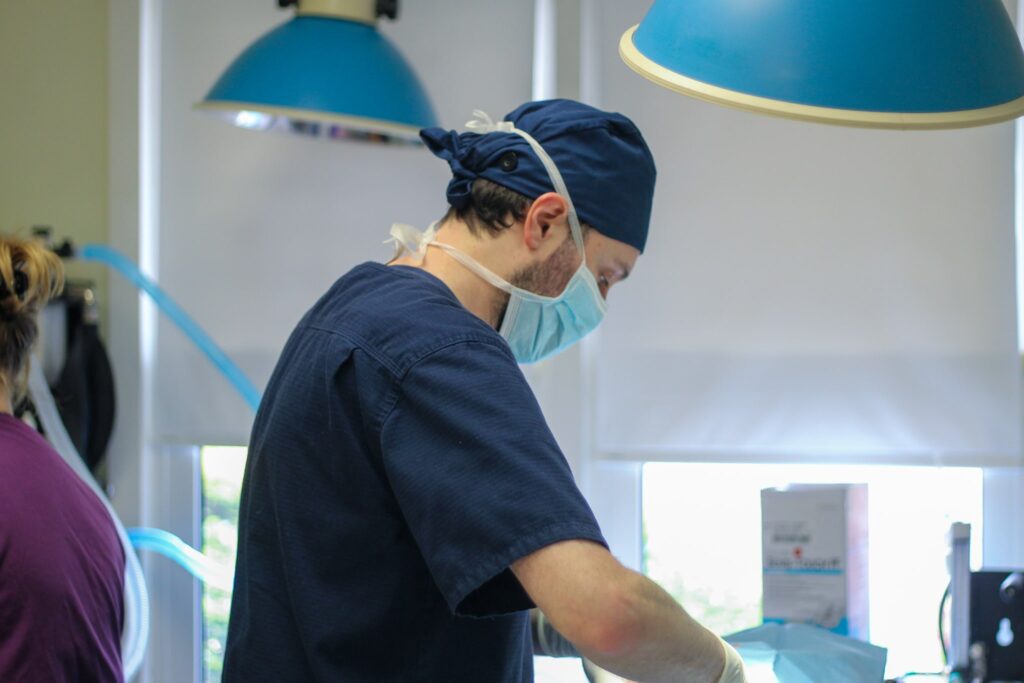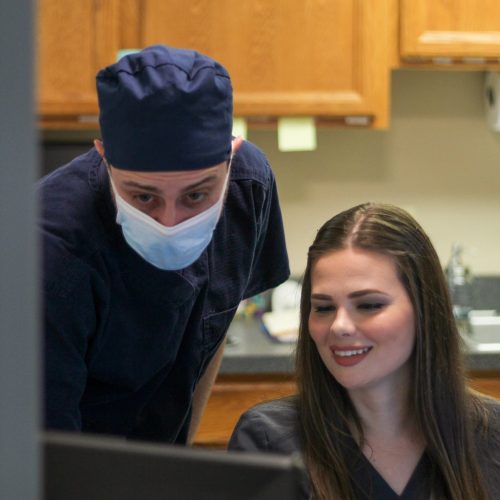
Before Your Appointment/As Soon As Possible
- Fill out a separate consent form for each cat you have scheduled by clicking this link: CONSENT AND SIGN-IN FORM
- Purchase a trap with a rear access door if you do not have one already. Here is one of several companies you can purchase from: Tomahawk. For safety, we strongly recommend you also purchase a trap divider like this one: Trap Divider
- Choose a sheet that can be discarded and keep it with your trap.
- Line your trap with unscented training pads (best) or a think layer of newspaper.
- Purchased canned tuna or mackerel as your special trap feast. Do not feed this delight while establishing your feeding pattern.
- Establish a feeding pattern
- Feed canned and dry food at the same time(s) every day, preferably twice daily. Cats are creatures of habit and will arrive at feeding time making them much easier to trap.
- A week or more of an established feeding pattern helps you time setting your trap the day before surgery.
- Read “After Surgery” (below) so you know about post-operative care.
- If not already seen, you might be interested in these links:
- FAQ (Frequently Asked Questions)
- Price calculator for cats (more details can be found below under the heading “PRICES”)
-
Read “Trapping Your Cat(s)” below.
Trapping Your Cat(s)
- Two Days Before Your Surgery Date
- Remove all food, but not water, from the feeding station in preparation for trapping the following day. Feral cats are smart. They will rarely enter a trap unless they are hungry and the food is smelly and tasty.
- The Day Before Your Surgery Date
- Set your trap before your established evening feeding time.
- Position the trap at the feeding station. Cats are more likely to enter if the trap is up against something like a wall or fence rather than out in the open.
- Set the trap mechanism
- Make a 2-3 ft long drizzle trail of fish juice starting from the trap opening and moving in the direction the cat comes for food
- Put the bait in the trap using the rear door and be sure to lock the back door once the bait is in
- From a distance and with a relaxed attitude (the cats can tell), watch the trap.
- When the cat gets trapped, calmly and quietly approach the panicked animal and gently place a sheet over the trap. Frightened cats prefer dark small spaces where they can “hide.”
- Take the trap, covered with the sheet to a quiet, temperature-controlled environment awaiting surgery time.
- Leave the sheet on the trap.
- Do not allow children or pets access to the area.
- Set your trap before your established evening feeding time.


Morning of Surgery
- Arrive at 1485 Route 38, Hainesport, NJ at your scheduled time. There is a map below. Drop off time is between 8-9 am.
- Bring your consent form. You will find this in your e-mail once you fill the form out online. If you haven’t filled it out yet, here is the link: CONSENT FORM. If you have trouble with this for ANY reason, please do not worry. We can do it at the office with you when you arrive.
Pick Up Time
- Pick up at your scheduled time. If you cannot manage your scheduled time, pick up anytime between 4-5 pm. Do not wait for a call. All pets will be ready to leave by 4 pm. No pick-ups after 5 pm ($50 fee per 15 minutes late fee).
- Be sure to leave with:
- your invoice (will have doctor’s cell number)
- your post-operative instructions


At Home
- Do NOT release the cat for at least 24 hours. Instead, return the cat in the trap to your pre-surgery quiet temperature controlled location.
- Provide food and water.
- Use your trap divider to block the cat away from the rear access door. Hold the divider in place while opening the rear door to place food and water in the back of the trap. CAT BITES ARE DANGEROUS. Any cat bite requires immediate medical care as they get infected very quickly and can lead to sepsis. In addition, feral cats can be rabid. If a person is bitten, the cat needs to be held for 10 days or rabies tested. The latter requires euthanasia.
- No over-the-counter pain medications. TOXIC!
- No sooner than 24 hours after surgery, release the cat.
- The 24 hours is needed to clear anesthetic agents from their system so they are fully capable of defending themselves agains predators. There is no need to hold feral cats longer than this. They are stressed in the trap and will heal better in their natural environment. NOTE: Sutures are under the skin. They get absorbed by the body so suture removal is not needed. Male cats do not have closed incisions (ie/no sutures) for their well-being. This is the standard neuter procedure.
- place the trap at the feeding station
- place the trap divider to keep the cat from the rear door
- Hold the divider in place while removing the rear door.
- Remove the sheet from the trap and then remove the trap divider and step back. Wait for the cat to leave the trap. Do not try to force the cat out of the trap as you may get hurt.
- If you opt to hold the cat longer than 24 hrs, you will need to change the food and water daily using the trap divider method above. You can use the same method to change the trap liner.
What to Expect (In Some Feral Cats) After Surgery
- Minor sleepiness
- Watery eyes and/or drooling
- Rare vomiting
What Requires Veterinary Care After Surgery
- Blood on the trap liner or on the cat that does not appear to be coming from the ear tip
- Anything that has you concerned. Trust your instincts: when in doubt, call the vet.
Emergency contact numbers
Dr Cobb’s cell phone number (for post-operative concerns ONLY) will be provided on your invoice. She greatly prefers texting. If the situation is urgent, do not wait for a reply. Pennsauken Animal Hospital (856-662-4450) runs a reasonably priced urgent care. When they are closed, we have been most happy with Blue Pearl Levittown (215-750-7884), or, locally, Mt Laurel Animal Hospital (856-234-7626).
Non-Urgent Post-Operative Concerns
You can e-mail non-emergent questions, including photos, by using this link: NON-URGENT POST-OPERATIVE QUESTIONS/CONCERNS
PRICES
Many trappers opt to utilize our services for the care we provide and/or the convenience of our streamlined services and/or our location. Others utilize other organizations for the better price point inherent with a mission of ending pet overpopulation. With our unique mission, we are not in a position to price match.
